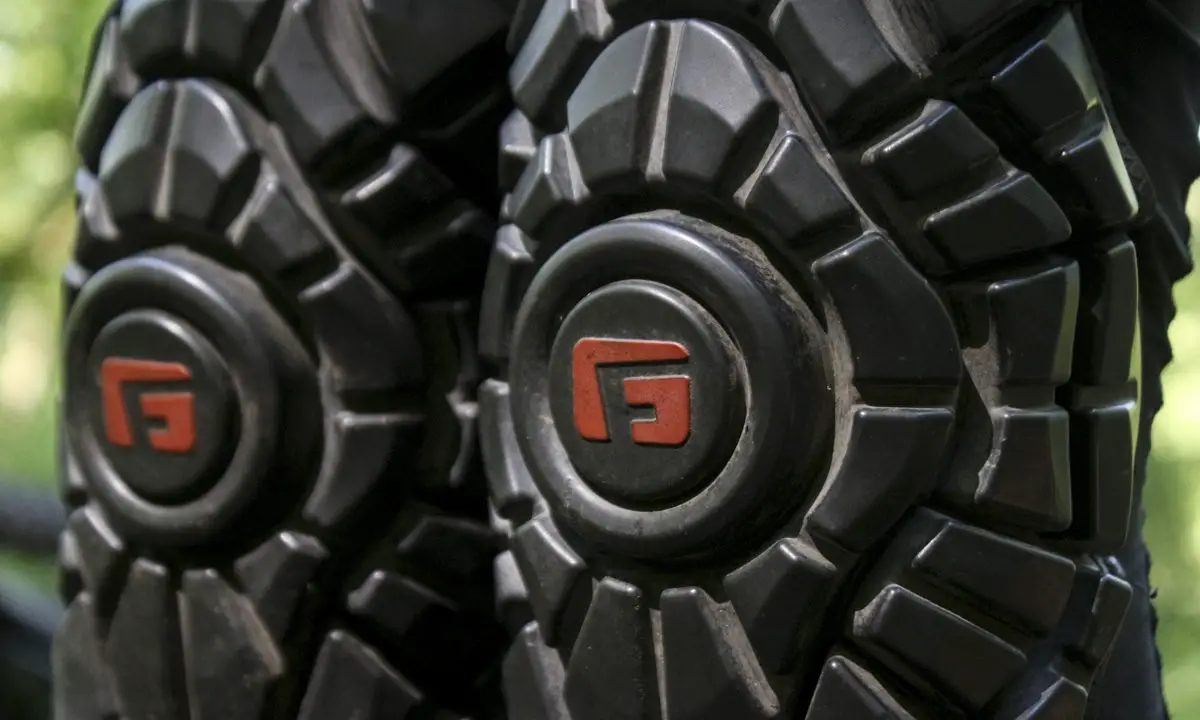I used to detest wearing knee pads, or any other kind of body armour for that matter. Living in a warm climate was part of it, and up until a few years ago, I guess my expectation was that only beginners or hardcore downhillers wore body armour. A few spectacular crashes and some choice injuries over the years have made me reconsider my perspective though.
Probably related is that I’m also riding quicker than I used to, or at least, I’m descending tricky trails a lot faster because modern bikes allow me to. I’d say it was because of my red-hot skills, but really it’s because of embellishments like dropper posts, suspension and big wheels, which have all improved my riding abilities. I’m not taking risks per se, but the consequences of coming off are higher than before. And it’s a pretty simple equation really; more speed = bigger crashes.
It’s a pretty simple equation really; more speed = bigger crashes.
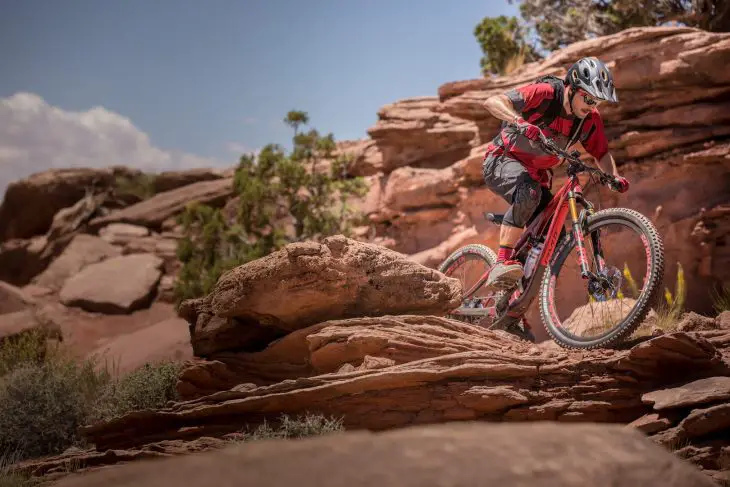
Advancements in flexible body armour have made me reconsider my perspective on protecting my ageing body though. The stiff and hard plastic body armour still exists for the freeride and bikepark crowd, but for those who don’t need such full-on body armour, a new frontier of lightweight, flexible and breathable pads are now available to those who pedal their bikes uphill as well as down.
As we discovered in our ‘Pads For Pedalling’ group test, these flexible pads can vary a lot in construction, materials and weight. There are some knee and elbow pads these days that are so thin that they just feel like you’re wearing a slightly thicker layer of clothing. Those style of pads are a good starting point for riders who either hate wearing body armour in the first place, or those who simply just want a bit of scratch/cut protection.
I reviewed the G-Form Pro-X knee pads last year, and there’s no doubt that they fall into that uber-minimalist camp. I really liked how lightweight and comfy they were to ride with, but for bigger and harder impacts, they left a little to be desired. And given I only have two knees available, I’m pretty keen on keeping them in one piece. Stepping up the protection stakes, the Elite knee pad from G-Form features a similar concept to the Pro-X, but simply beefs up the padding and coverage to provide more material between the rocks and your delicate knee caps. They still make your knees look like mini meteorites though.
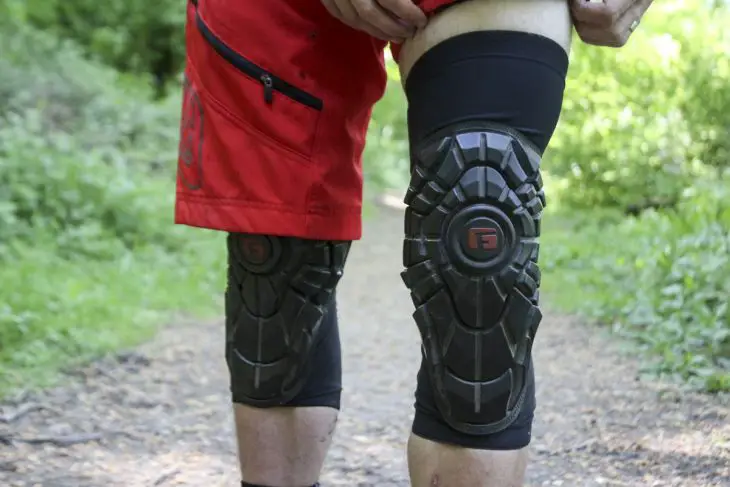
G-Form Elite Knee Pad Features
- Pedal friendly slip-on softshell knee pad
- CE certified for motorcyclist/bicyclist limb protector [CE EN 1621-1:2012]
- Body-mapped, impact-absorbing
- Reaction Protection Technology (RPT) pads
- Lightweight compression fabric construction
- Mesh back panel for breathability and moisture-wicking
- Sizes: X-Small, Small, Medium, Large & X-Large
- RRP: £85
Just like the Pro-X, the Elite knee pads feature a Lycra tube construction that’s designed to be pulled straight over your bare leg. That means you’ll have to whip your shoes off to fit or remove the pads, but it does result in a very comfortable and lightweight feel. Both the top and bottom cuffs get a thick elastic band, with internal silicone detailing providing a little more traction on your sweaty skin.
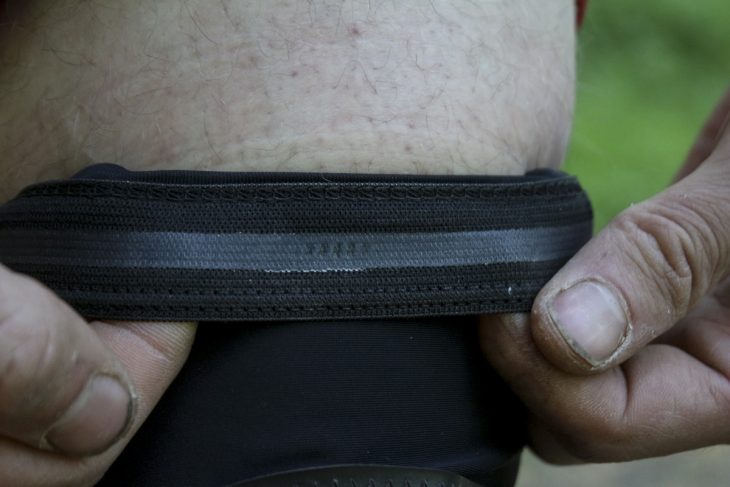
Speaking of sweat, the back of the pad has a wide strip of breathable mesh that runs from top to bottom to deal with that, and on hot days this section feels noticeably airy. When moisture does build up – whether that’s from sweat or just from puddle splashback – the fabric does an excellent job of dispersing it throughout and evaporating quickly. Because there’s no eyelets through the protective pad itself however, breathability over your knees is limited compared to breezier options like the Dakine Trail Skins 2, for example.
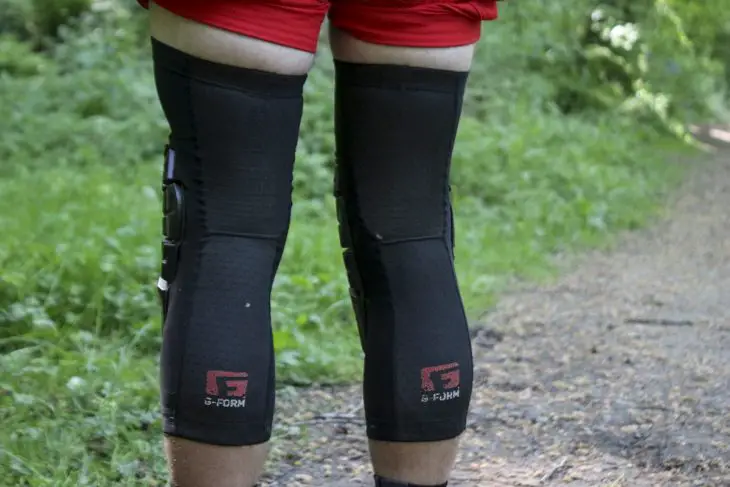
The overall length of the Elite pad is quite a bit longer than the Pro-X knee pads. This is due to the additional coverage of the RPT pad, which measures 28cm long by 21cm wide when laid flat. The pad runs a good way around the sides of your knee, covering the bony area that’s often left exposed by other minimalist knee pads. The front of the pad extends both above the knee, and halfway down your shins, giving just a little more peace of mind against accidental whacks from the pedals.
Not only is the RPT pad bigger in its surface area, it’s also thicker too. This is noticeable, say when leaning on your knee on the trail while checking tyre pressure or having a stretch, where the thicker material stops little rocks from pressing through to your knee cap. The block-pattern construction remains, which sees channels moulded into the RPT padding to help provide flexibility for it to wrap around and move with your knee while pedalling.
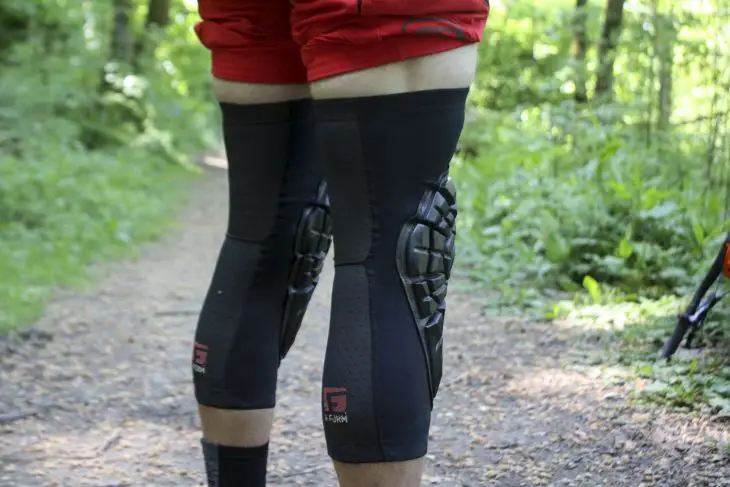
Overall comfort while riding is good with the Elite knee pads, though I have found that where you place them on your knee tends to dictate their feel. If you pull the pads up as far as they’ll go, the RPT padding has a habit running firm and pressing into your knee cap. Being someone who’s sensitive to knee pain, I found this quite uncomfortable. However, if you shift the upper elastic cuff a little further down your thigh, and bring the bottom cuff up your calf a touch, the RPT pad is better able to curve and flex, reducing any sensation of tension over the knee. Once I found that sweet spot, I had zero issues with the Elite knee pads on longer rides, and experienced very little slippage – particularly if I was wearing slightly longer bib shorts that I could tuck the knee pad sleeve underneath of.
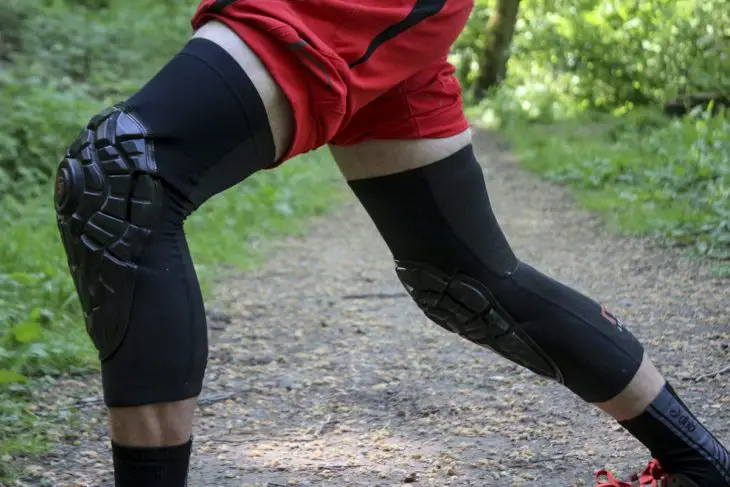
I’ve been riding with these pads for the past nine months or so, and in that time they’ve held up exceptionally well given they’re made with a simple Lycra compression tube. They’ve been jammed into hydration packs and taken away for weekend riding trips, and they’ve been crammed into ambitious carry-on bags for airplane journeys to overseas bike launches. They’ve had Velcro straps cling to them, and they’ve been stabbed at by pedal pins. I’ve covered them in horrible gritty mud on multi-hour rides in the hills, and they’ve been left to get dry and crusty overnight before riding with them again the next day. When I can be bothered, they’ve also gone through the washing machine. Despite the abuse, they’re not only still in one piece, the fabric still has plenty of elasticity to it and they’re also free of any damage save for two very small nicks.
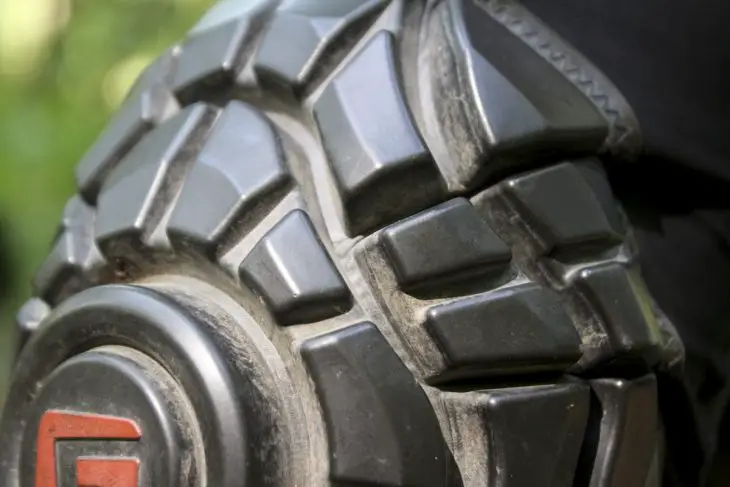
Fortunately I haven’t had too many epic crashes lately (I’m aware I just jinxed myself…), though I have had some decent tumbles where I’ve been ejected from the bike before bouncing my way down the trail. In those instances, the thick RPT pad has performed its job superbly. It certainly handles blunt impacts against tree trunks and rock slabs as well as any other knee pad I’ve used, so I’d say the Reaction Protection Technology works as advertised.
In theory, the RPT pad shouldn’t be as bulletproof against piercing rock impacts, as there’s the potential to have a pointy rock penetrate one of the moulded channels. I never had this materialise on me during the nine months I’ve used them, but needless to say, if outright protection is your main objective, then you’ll be wanting to consider some kind of hardshell armour anyway. What I did find is that compared to the Pro-X, the channels on the RPT padding on the Elite pads are more tightly spaced, reducing the chance of debris making its way through in the first place.
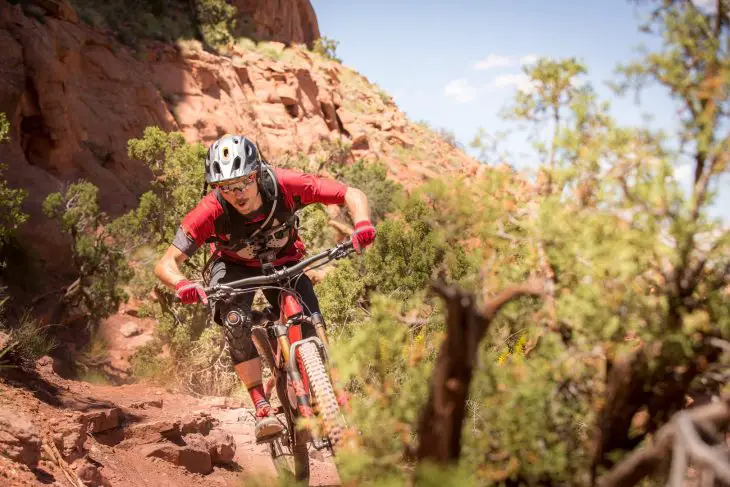
Overall
The Elite knee pad builds on the flexibility and comfort of the Pro-X, but adds thicker padding over a more generous area to up the protection levels. They’re still comfortable for all-day pedalling, but there’s simply more effective coverage for coping with heavier hits, making these a much more suitable option for trail riders and enduro racers.
Review Info
| Brand: | G-Form |
| Product: | Elite Knee Pads |
| From: | G-Form, gform.uk |
| Price: | £85 |
| Tested: | by Wil Barrett for 9 months |
